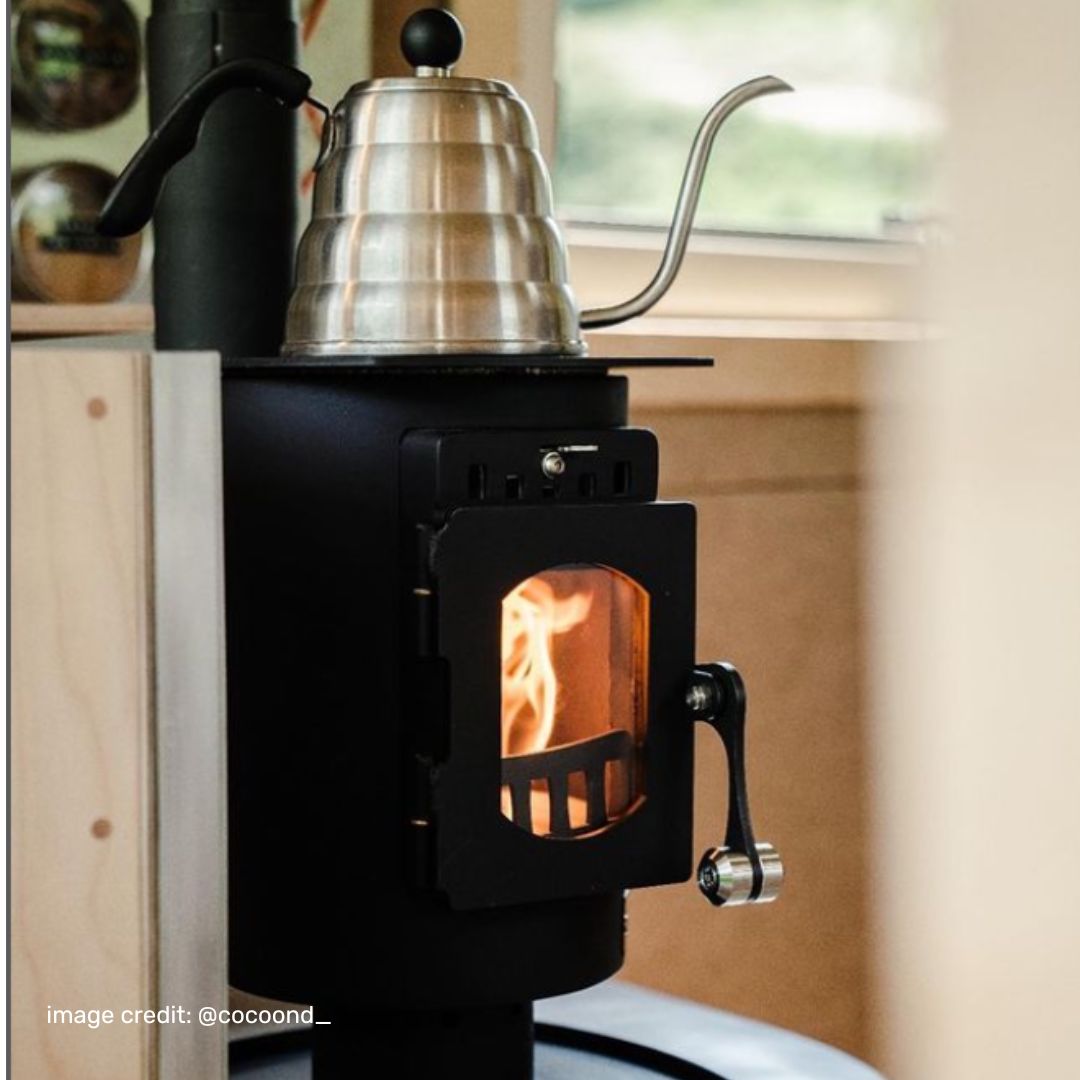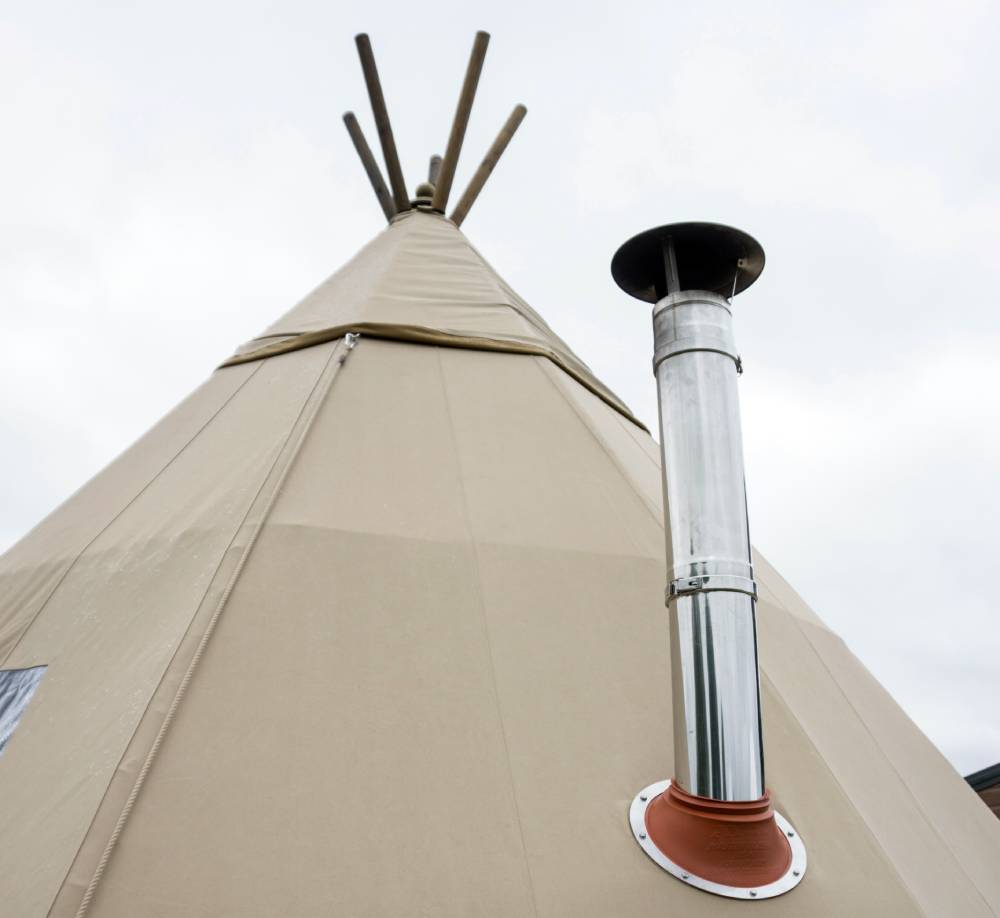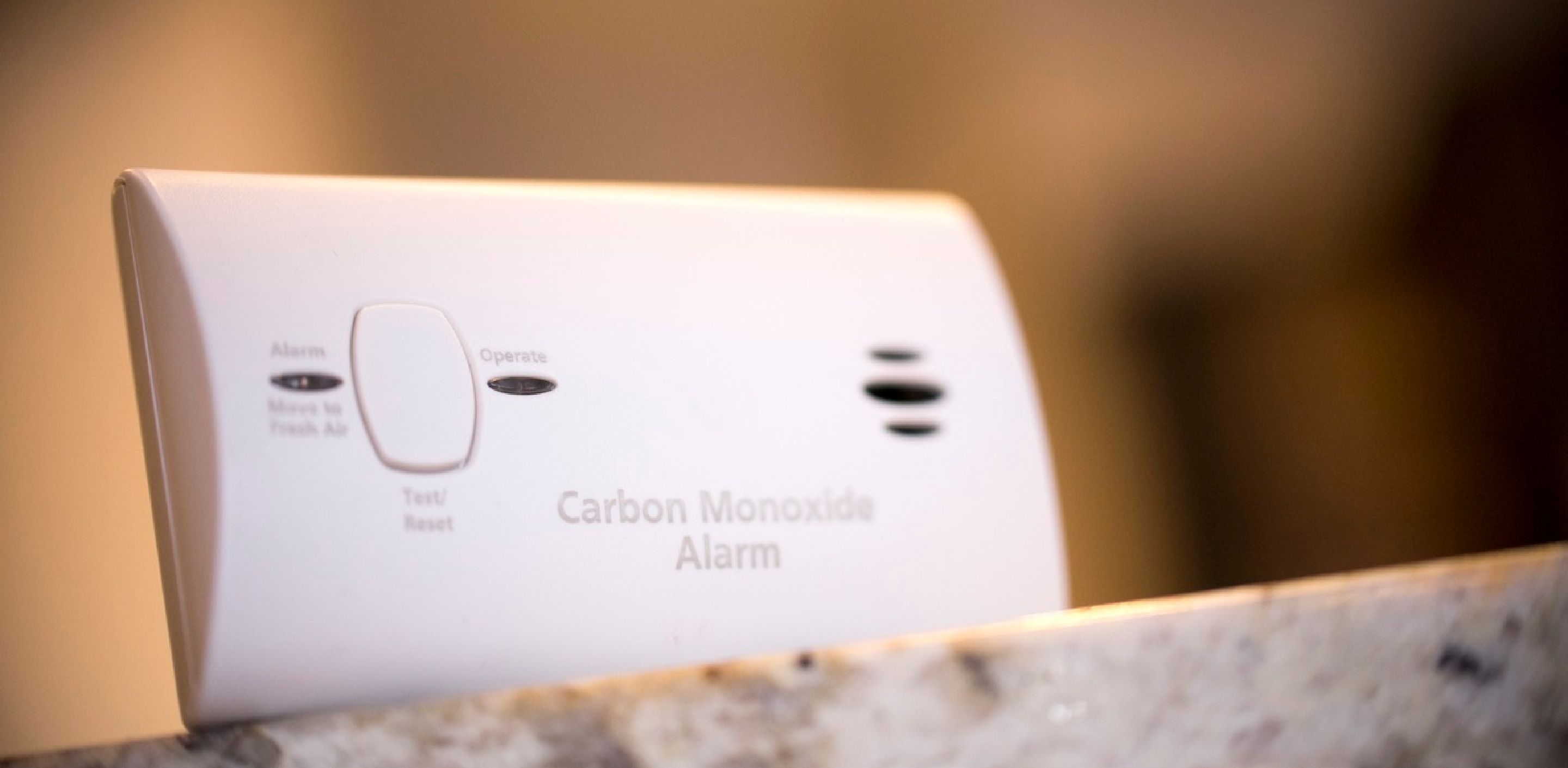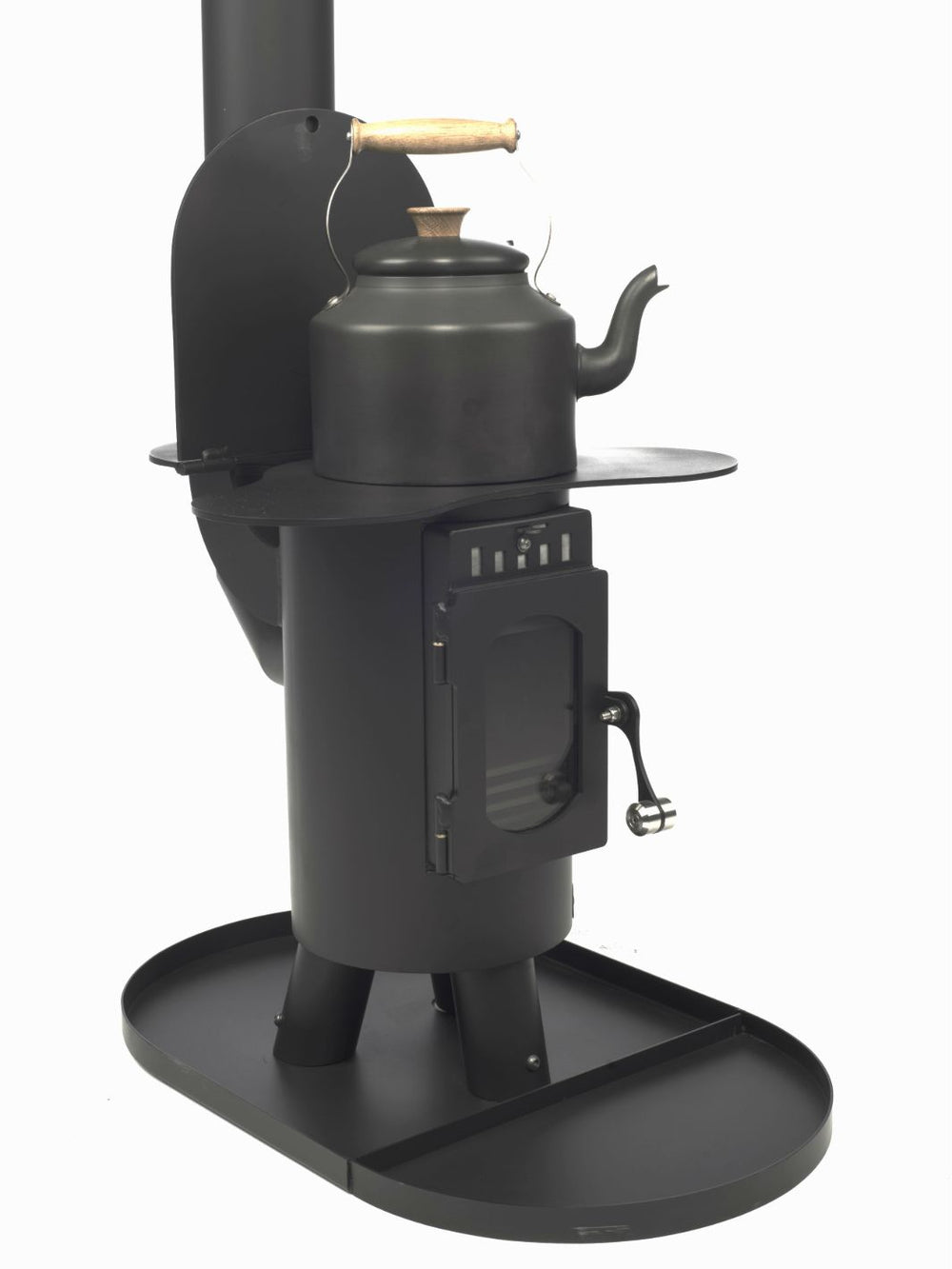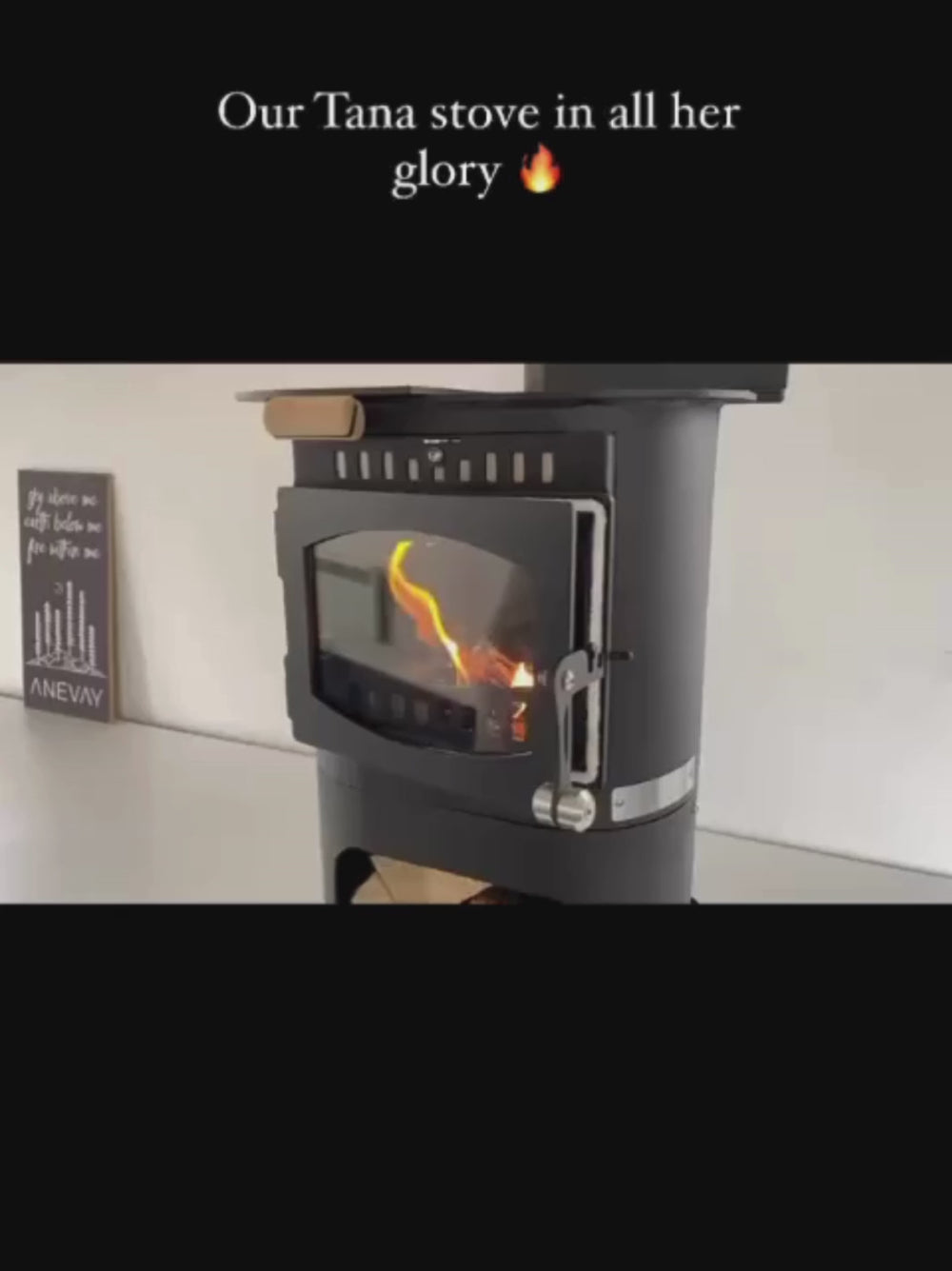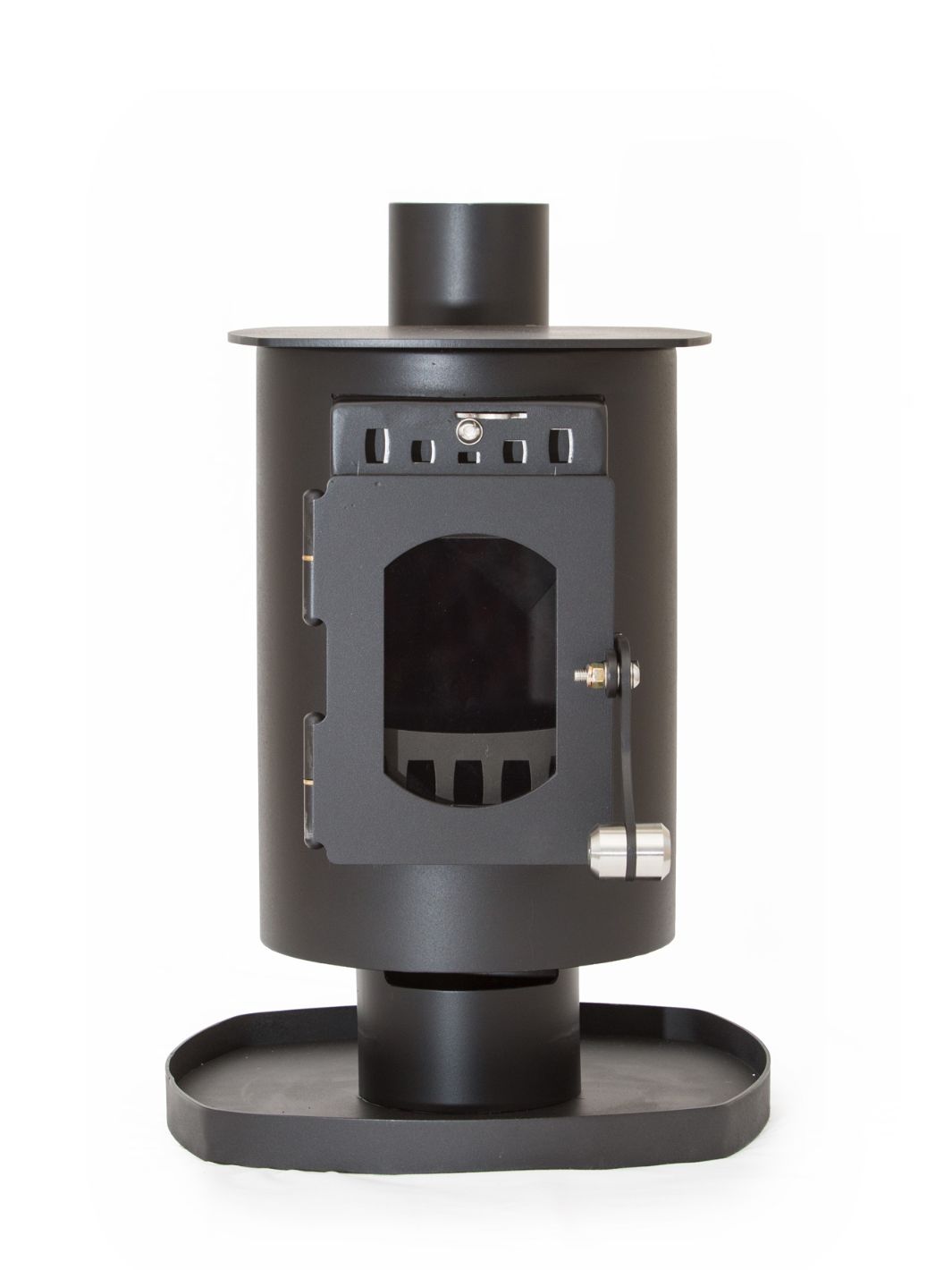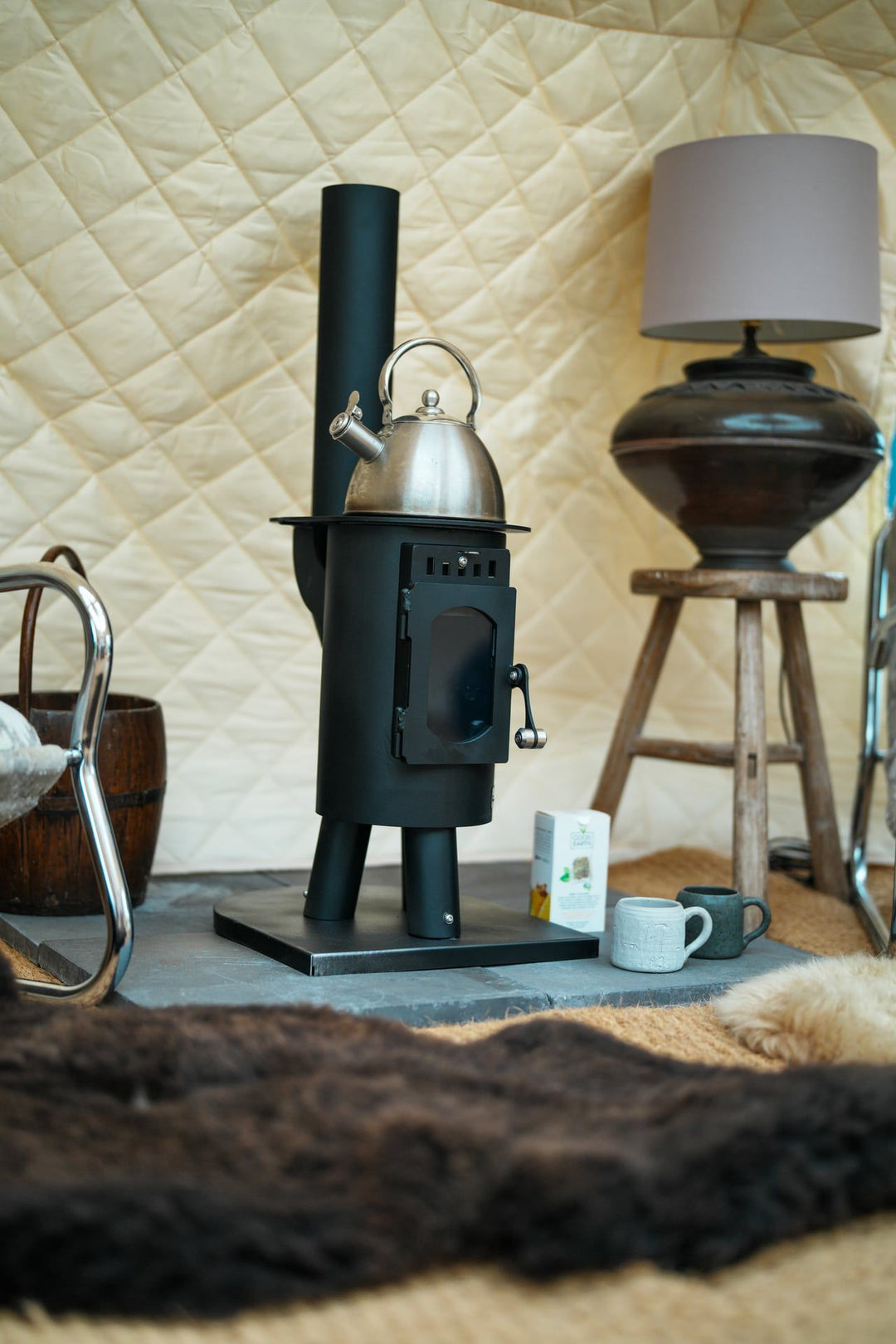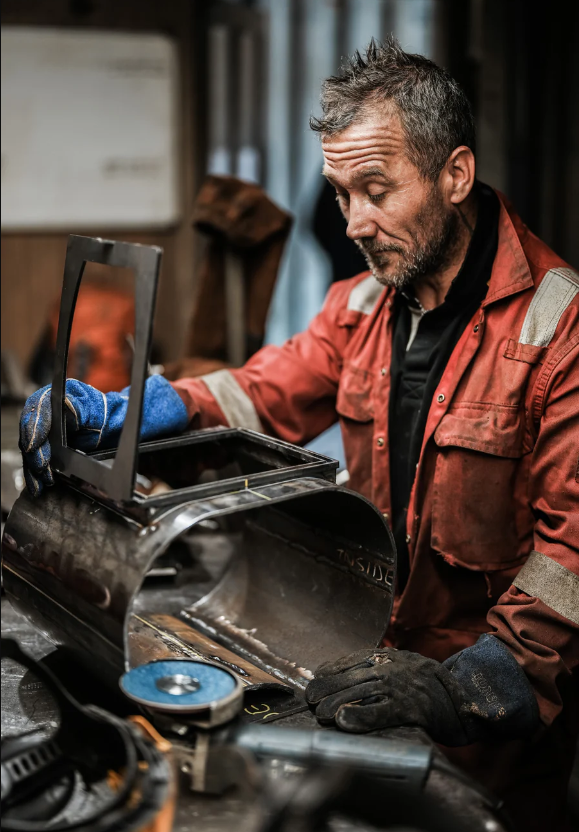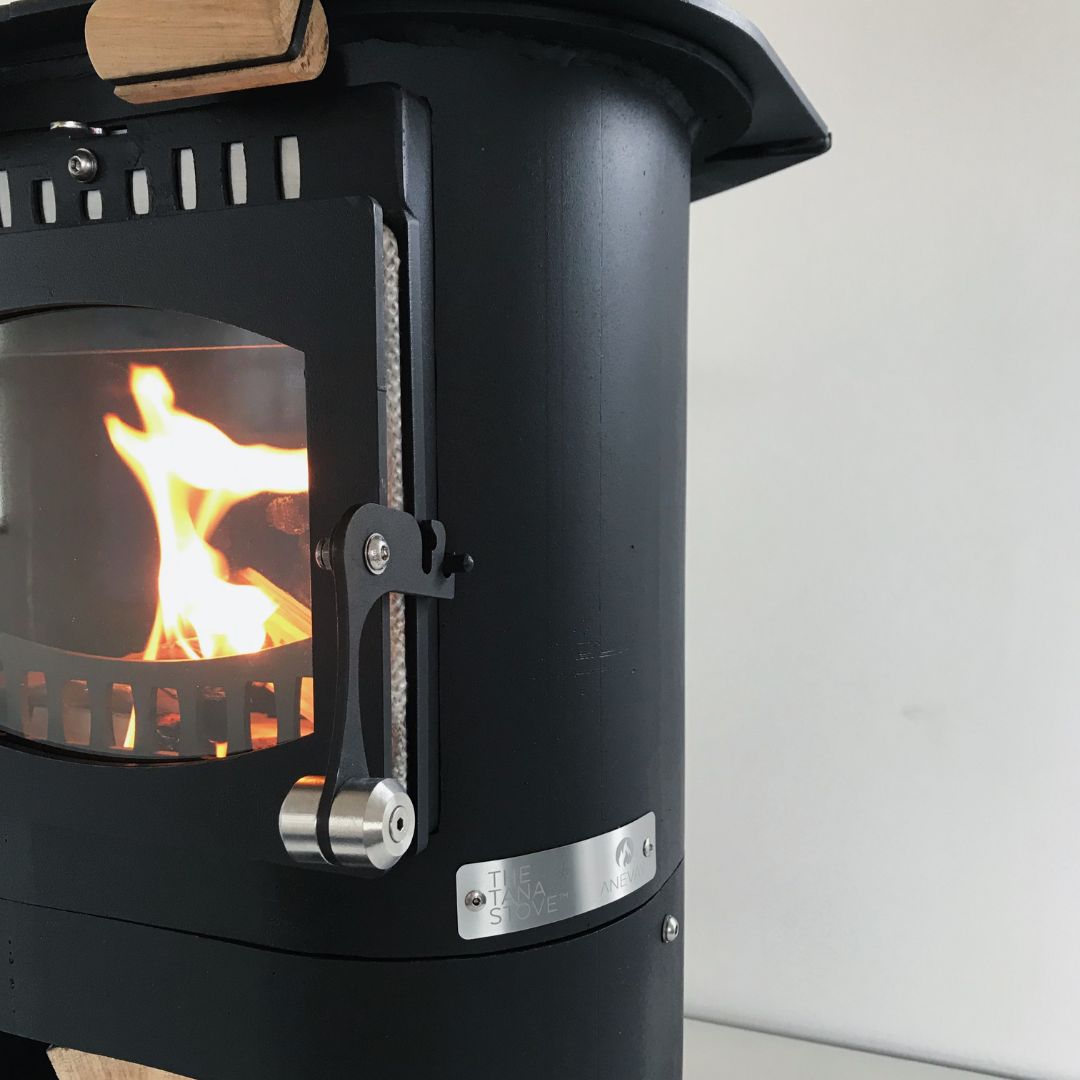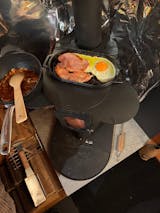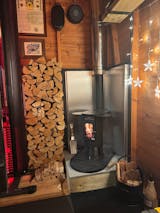Camping with a stove in your tent is a whole different experience: you stay cosy and dry inside (no more wet socks) and you can cook all kinds of exciting meals right in your tent. This time of year camping with a stove is a great way to enjoy the outdoors without getting cold, so we're going to use this post to do our bit to spread awareness about the dangers of carbon monoxide, and also to emphasise that following safety guidelines is essential to camping safely when using your stove in an enclosed space.

Almost all of the incidents with carbon monoxide involve barbecues, rather than woodburning stoves. The danger arises as barbecues have no way of venting the fumes and smoke, so the carbon monoxide collects inside the tent. Around 200 people are hospitalized every year for carbon monoxide poisoning in the UK, and around 40 of those cases will prove to be fatal. One of the saddest things about these deaths is that they could be easily avoided if campers were better informed about the dangers; the Gas Safe Register reports that 1 in 5 people in the UK do not know the dangers in bringing a barbecue inside a tent.
In 2013 a 14-year-old girl from Shropshire died of CO poisoning after a barbecue was left inside the tent porch overnight; it had been moved into the porch to prevent the risk of a fire starting. In 2012 a six-year-old child was killed after her parents left a barbecue inside their tent. While awareness of the dangers of carbon monoxide is spreading, every year there are new reports of another tragic accident or lucky escape after a barbecue has been brought inside a tent. Comments surrounding the tragic deaths highlight the necessity of awareness and good safety practices when open-air cooking; coroners warn that: ‘This tragedy should serve as a warning to people who are cooking on barbecues, and they should leave them… in the open air and not take them inside’. The coroner at the Shropshire case in 2013 told the surviving family: ‘It’s quite clear that you and many, many people were unaware of the risk of carbon monoxide poisoning. A spokesperson for the Royal Society for the Prevention of Accidents has said: "It's crucial not to take a barbecue into a tent - either for cooking or warmth - even if it is merely cooling down."
Stoves in tents
While most of the deaths from carbon monoxide that happen while camping come from disposable (charcoal) or gas barbecues or other gas heating equipment, it’s important to be safe and aware whenever you’re burning your stove inside a tent. Unlike gas or charcoal barbecues and heaters, our Frontier and Traveller Stoves are built to be used in tents; in fact they were originally designed to alleviate the dangers of open fires in enclosed spaces. This is what the long flue is for: it draws the fumes and smoke from the fire away and out of your tent, dispersing them high up where no one can breathe them in.
By making sure that the correct safety and installation procedures are followed, we can keep the risks down to a minimum. The stoves must always be fitted in well ventilated, fire-retardant shelters and installed properly as per our guidelines. If you’re using a wood-burning stove like a Frontier, always make sure your flue is clean. Burning fully dry, well-seasoned wood helps to prevent build-up in the flue, and this will give you a better burn as well - our eco fuel is ideal as it contains only 5% moisture and burns clean, being composed of only compressed sawdust.
Always make sure that your tent is well-ventilated; keep a door open and don't go to sleep when it's lit. We strongly recommend installing a carbon monoxide alarm along with you when you go camping. The alarm should be located centrally, at head-height, and 1 meter away from the wood-burning stove. Make sure you test it regularly and follow the manufacturer's instructions.
What is carbon monoxide poisoning?
Carbon monoxide is produced when fuel doesn’t fully burn / when the fire is smouldering. If the burn is taking place in enclosed, unventilated area the oxygen will gradually get used up. This means that the fuel cannot burn completely and it releases carbon monoxide. When you breathe this in it binds with the haemoglobin in your blood, preventing your red blood cells from carrying oxygen around your body.
What are the symptoms?
A headache is often the first and most common symptom of CO poisoning. Other symptoms to look out for include: dizziness or nausea, feeling very tired or weak, disorientation, stomach pains, feeling short of breath.
The symptoms of carbon monoxide poisoning can feel like food poisoning or flu, although it shouldn’t give you a temperature. It’s always better to be safe than sorry, so if you or anyone around you experiences any symptoms like this always get medical attention right away.
What to do if you think you might have carbon monoxide poisoning?
Get the affected person outside and away from the tent. Seek medical help immediately, and ring an ambulance if they are really in a bad way.
What can you do?
The best way we can guard against carbon monoxide poisoning is by spreading the word; many of the deaths caused by CO poisoning could have been easily avoided if there was better awareness. If you’re camping with a group and you’ve got a disposable barbecue, make sure it’s put out and left outside, well away from everyone’s tents, before you go to bed. When you’re camping with kids, make sure you teach them good practices and explain to them why it’s so dangerous.
Encourage campsites you visit to display visible information and warnings on the dangers of barbecues in tents; there are lots of resources of this kind available online. Again, carbon monoxide can kill even if you don’t take your barbecue inside the tent, so never move it inside an awning or porch even if you think it’s completely extinguished. Always make sure the barbecue is kept at a good distance from any tents, awnings or porches.
